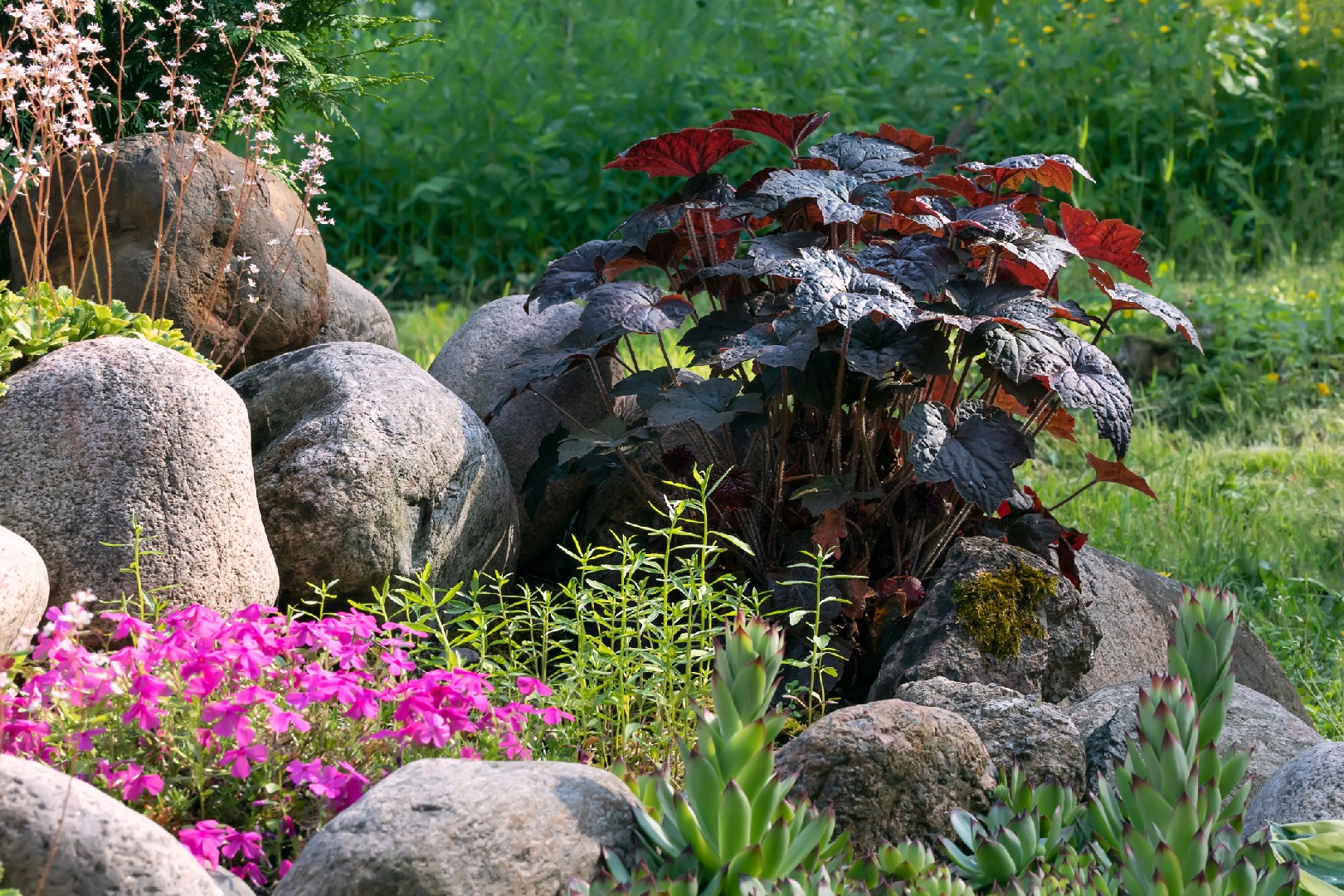![Rectangle]()
The Perfect Plants for Shade Gardens
Creating a serene summer shade garden requires careful selection of the perfect plants that thrive in shady conditions. When choosing shade-loving plants, it is important to consider the specific climate of your region. Plants that are suited to your climate are more likely to flourish and provide long-term beauty to your garden.
One popular choice for shade gardens is the hosta plant. Hostas come in a wide range of varieties with different leaf colors, textures, and sizes. They are known for their lush foliage and can add a touch of elegance to any shady area. Additionally, hostas are low-maintenance plants that require minimal care and are highly resistant to pests and diseases.
Another great option for shade gardens is the fern. Ferns are well-adapted to low light conditions and can thrive in the cooler, more shaded parts of your garden. They bring a sense of lushness and tranquility to any space, and their unique fronds add visual interest and texture.
For a burst of color in your shade garden, consider planting astilbe. Astilbes are perennial plants that produce beautiful feathery plumes in shades of pink, white, purple, and red. They are not only great for adding color but also attract pollinators like butterflies and bees. Astilbes prefer moist soil, so make sure to water them regularly.
Incorporating a variety of textures, colors, and heights is key to creating visual interest in your shade garden. Consider adding different types of ferns, hostas, and astilbes to create layers and depth. Mix plants with bold foliage like hostas with delicate ferns and feathery astilbes to create a balanced and visually appealing composition.
To achieve an all-season appeal in your shade garden, it is important to balance flowering plants with lush greenery. While the vibrant blooms of flowering plants add pops of color, the lush foliage of shade-loving plants provides a backdrop of green throughout the year. This combination ensures that your shade garden remains attractive and inviting even during the colder months when many other plants may not be in bloom.
In conclusion, when creating a serene summer shade garden, choosing the perfect plants is vital. Opt for shade-loving plants that thrive in your climate, such as hostas, ferns, and astilbes. Incorporate a variety of textures, colors, and heights to create visual interest, and balance flowering plants with lush greenery for an all-season appeal. By following these tips, you can create a cool retreat in your garden that provides a calming and tranquil atmosphere throughout the warm months.





